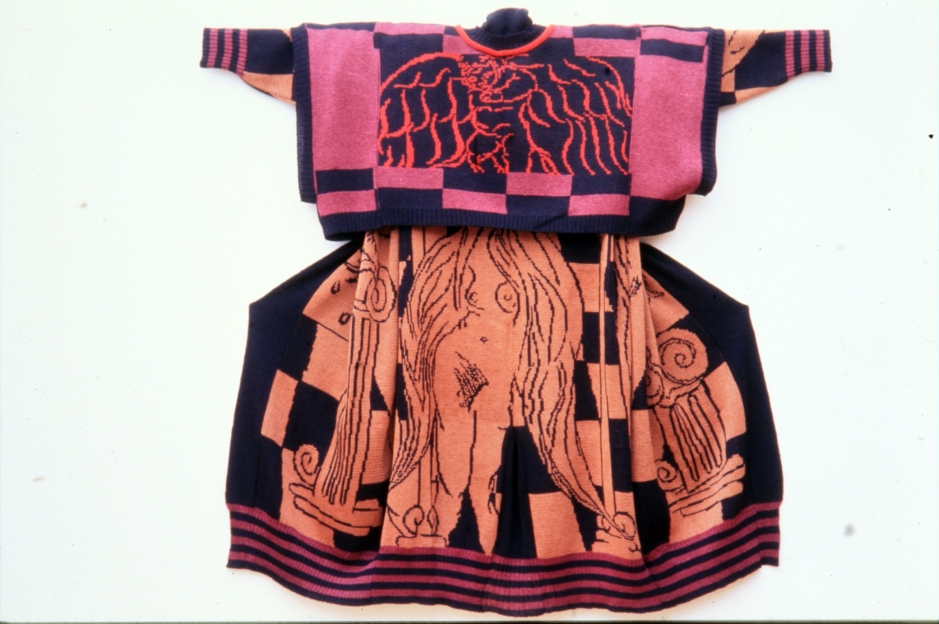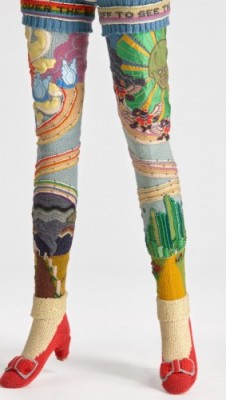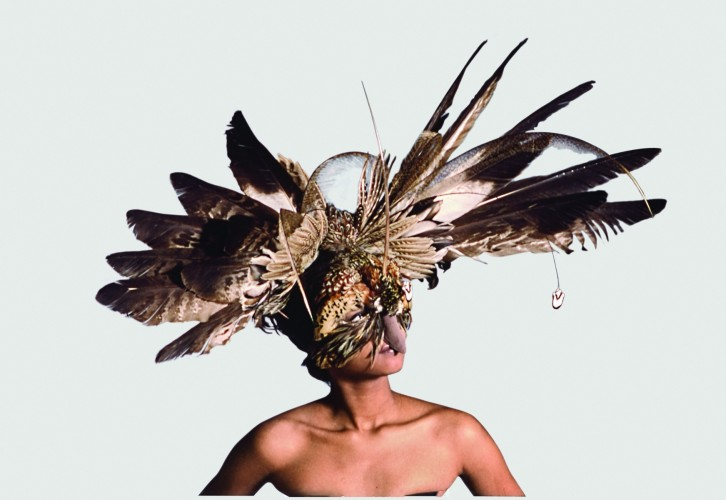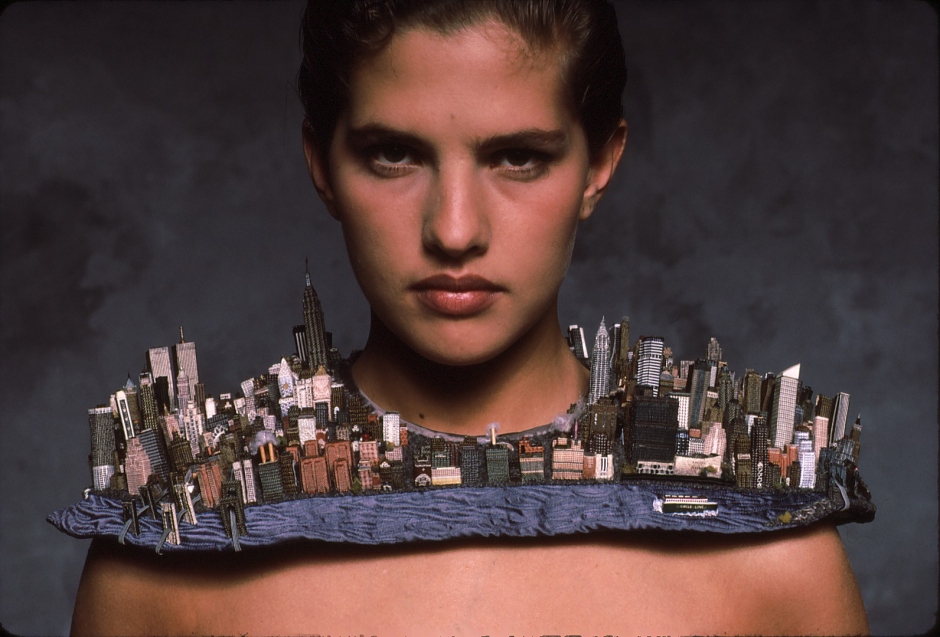With roots and connections in fine arts, fiber art, craft, performance and fashion, Art to Wear has been defined as many different things over the years.

This major exhibition celebrates the art form as a uniquely distinctive American movement that emerged in the 1960s and 1970s and reached maturity in the 1980s and 1990s. It traces the influence of the first generation of pioneering artists who came of age during the turbulent ‘60s and early ‘70s, framing their work in the cultural, historical, and social concerns of their times.


Focusing on the most iconic examples of Art to Wear from the period of 1967 through 1997, the exhibition features over one hundred one-of-a-kind works by more than fifty artists.

Anchored by selections from the promised gift of gallery owner and collector Julie Schafler Dale, the exhibition is supplemented with works from the museum’s collection and loans to celebrate the creativity and ingenuity of the many artists that participated in the movement.

Pioneering artists of Art to Wear used nontraditional materials and techniques to create one-of-a-kind works of art for which the body served as an armature.

Off the Wall: American Art to Wear features a wide range of techniques including free form crochet, hand knitting, machine knitting, macramé, leather work, beadwork, embroidery, applique, hand painting, and resist dye, among others.

On view will be works by Claire Zeisler, Janet Lipkin, Anna VA Polesny, Nicki Hitz Edson, Jean Cacicedo, Susanna Lewis, Linda Mendelson, Dina Knapp, Marika Contompasis, and Tim Harding, to name a few.

The exhibition is accompanied by a new publication of the same name published by Yale University Press, co-authored by exhibition curators Dilys E. Blum, The Jack M. and Annette Y. Friedland Senior Curator of Costumes and Textiles at the Philadelphia Museum of Art, and independent textile scholar and curator Mary Schoeser, with a contribution written by Julie Schafler Dale.
The volume provides the social, political, and cultural context for Art to Wear.

Debe estar conectado para enviar un comentario.